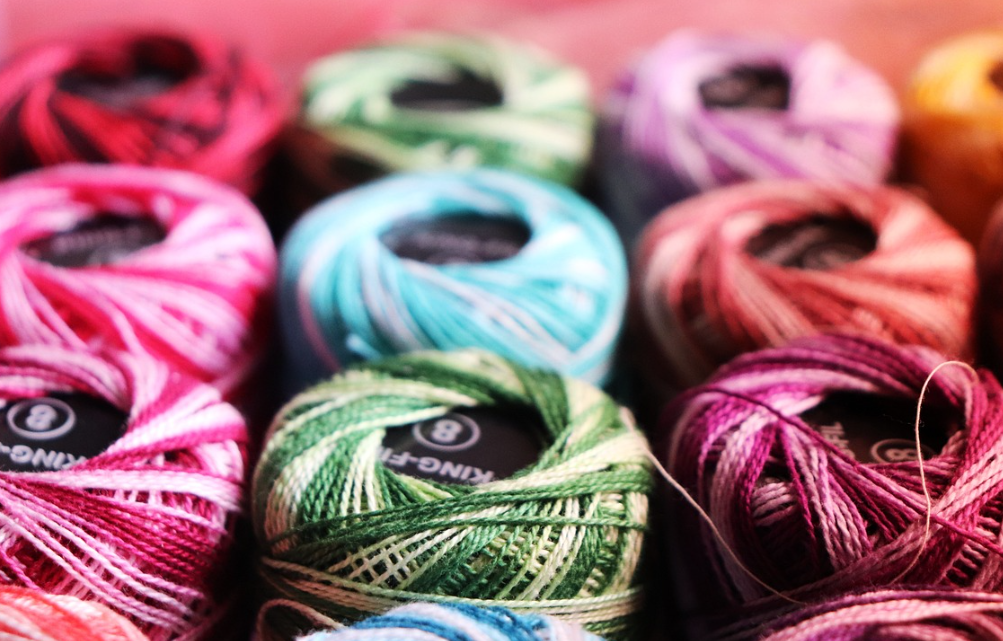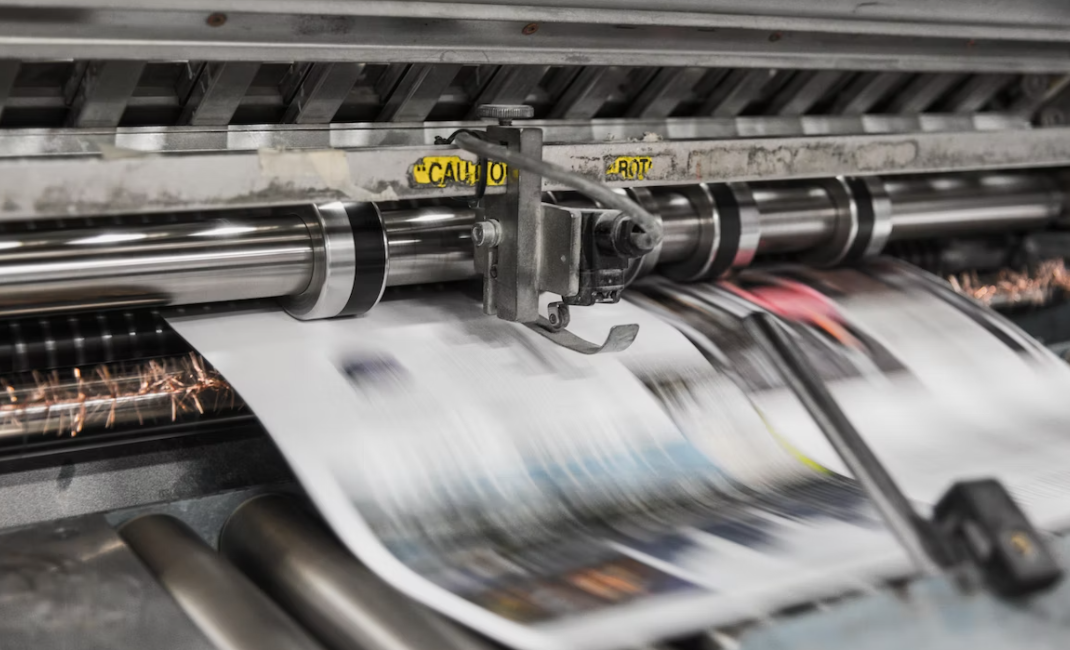Our collection
Find what you are looking for
Discover our premium and sustainable products collection.
Are you ready to take your printing game to the next level? Look no further than screen transfer printing! This technique is a fantastic way to create high-quality, long-lasting prints on various materials. This guide will walk you through the ins-and-outs of screen transfer printing, including techniques, materials, and tips to make your prints pop.
Screen transfer printing is a printing method that transfers ink through a fine mesh screen onto the desired material. The screen is coated with a photosensitive emulsion, which is then exposed to light with a design or pattern. The emulsion hardens when exposed to sunlight, creating a stencil that allows ink to pass through the screen and onto the material. This process can be used on various surfaces, including fabric, paper, and plastic.
Before you get started, having suitable materials on hand is crucial. Here are the essentials:
This is a wooden or aluminium frame that holds the mesh screen.
The screen is usually made of polyester or nylon. It comes in various mesh counts, determining how fine the mesh is.
A light-sensitive chemical is used to create the stencil on the mesh screen.
This tool is used to coat the emulsion onto the mesh screen evenly.
A light box or UV light is used to expose the emulsion to light.
This tool is used to push ink through the screen and onto the material.
Screen printing ink is specifically formulated to work with the mesh screen and produce a durable print.
Screen transfer printing is a new technology. Still, it has a long and colorful history that dates back over a thousand years! This article will take a fun and casual look at the fascinating history of screen transfer printing, from its early roots to modern-day innovations.
Screen printing may be traced all the way back to ancient China., where silk was used to create intricate designs on fabric. The technique then spread to Japan, where it was used to print on paper and textiles. In Europe, screen printing was used to print images on fabrics for religious purposes and eventually evolved into a way to print wallpaper in the 18th century.
Screen printing took off in the 20th century with the development of photo-reactive chemicals, allowing for more precise and detailed designs. The process was used extensively in World War II for printing flags, banners, and propaganda posters. After the war, screen printing became famous for printing logos and designs on clothing and merchandise.
According to a recent study by The Printful, a popular online printing and fulfilment company, screen printing is their customers’ most popular printing technique. The study found that over 60% of their customers choose screen printing for their apparel projects. (Source: The Screen Printing)
Today, screen transfer printing has come a long way from its humble origins. With technological advances, it’s now possible to print high-quality designs on various materials, including glass, metal, and plastic. The process is widely used in the advertising and promotional industries.
One of the most exciting developments in screen transfer printing is digital technology. Digital screen printing allows for even more precise and detailed designs, with the ability to print a wide range of colors and effects. It’s also much faster and more efficient than traditional screen printing methods, making it ideal for large-scale projects.
Now that you know the basics of screen transfer printing, it’s time to dive deeper and learn some tips and tricks to take your projects to the next level.
First things first, you need to create a workspace that’s perfect for screen transfer printing. Make sure you have a clean and well-lit area with plenty of ventilation. You’ll also need a sturdy table, a screen printing frame, and a squeegee.
Once your workspace is set up, it’s time to create your design! You can create it or draw it by hand, or even create a digital design on your computer. Remember to keep it simple, as complex designs can be challenging to print.
Now it’s time to prepare your screen. Cover the mesh with emulsion, and let it dry in a dark room for a few hours. Once dry, place your design onto the screen and expose it to light. This will create a stencil on the net.
With your screen ready, it’s time to set up your printing station. Lay your material flat on the table, and place the screen on top. Add a dollop of ink at the top of the screen, and use your squeegee to drag the ink down over the design. Repeat this process until your design is fully printed.
Once you’ve finished printing your design, it’s time to let it dry. You can lay it flat or hang it, depending on the material you’re using. Once dry, you can heat set it to make the design permanent.
Sustainable Client Gifts: Making a Positive Impact – Sartomy
Now that you have your materials, it’s time to get started! Here are the basic steps for screen transfer printing:
Use a computer program or draw your design by hand.
You can create your design on any product, as all our products are customizable. For example, You can customize the bottles from Front, Back or Round, as well as with Laser and Screen round customization options.
Use the emulsion scoop coater to coat the mesh screen with emulsion evenly.
Place your design over the emulsion-coated screen and use the light source to expose the screen.
Use a hose or sink to rinse away the emulsion that wasn’t exposed to light, leaving your design on the screen.
Place the material you want to print under the screen and use the squeegee to push ink through the screen and onto the material.
But what about the materials you use for your screen transfer printing projects? In the next section, we’ll look at the different types of materials you can use and which ones are best for different kinds of projects.
Now that you know the basics of screen transfer printing, it’s time to take your projects to the next level. And who better to learn from than the experts at Sartomy? Sartomy is a screen transfer printing industry leader with over a decade of experience.
This section will examine their expertise and how it can benefit your projects.
Sartomy specialises in screen transfer printing, embroidery, and other types of printing. Sartomy works with clients across the country to create high-quality custom designs.
One of the things that set Sartomy apart is its commitment to quality. To ensure that every project is top-notch, we always employ the most excellent materials and equipment. We also employ a team of skilled technicians with years of industry experience.
Another benefit of working with Sartomy is the attention to detail. We believe that every project is important and work extensively with clients to ensure that every detail is ideal. From choosing the right colors to selecting the best materials, Sartomy takes the time to ensure every project succeeds. Know more about Sartomy on our About us Page.
So if you’re looking to take your screen transfer printing projects to the next level, consider working with the experts at Sartomy.
Nimbus Women’s Organic Shirt
The North Face Men’s Glacier Fleece
The North Face Women’s Glacier Fleece
Pen Duick Fleece Vest
Columbia Men’s Full Zip Fleece
Columbia Women’s Full Zip Fleece

Embroidery: a word that conjures up images of intricate patterns, vibrant threads, and a touch of elegance. But what exactly is embroidery, a…
Read more
If you want to add extra dimension and texture to your prints, then screen embossing printing is perfect! Whether you’re a seasoned pri…
Read more
It’s that time of year again — when people exchange gifts and spread happiness! Additionally, if you’re in charge of selecting …
Read more